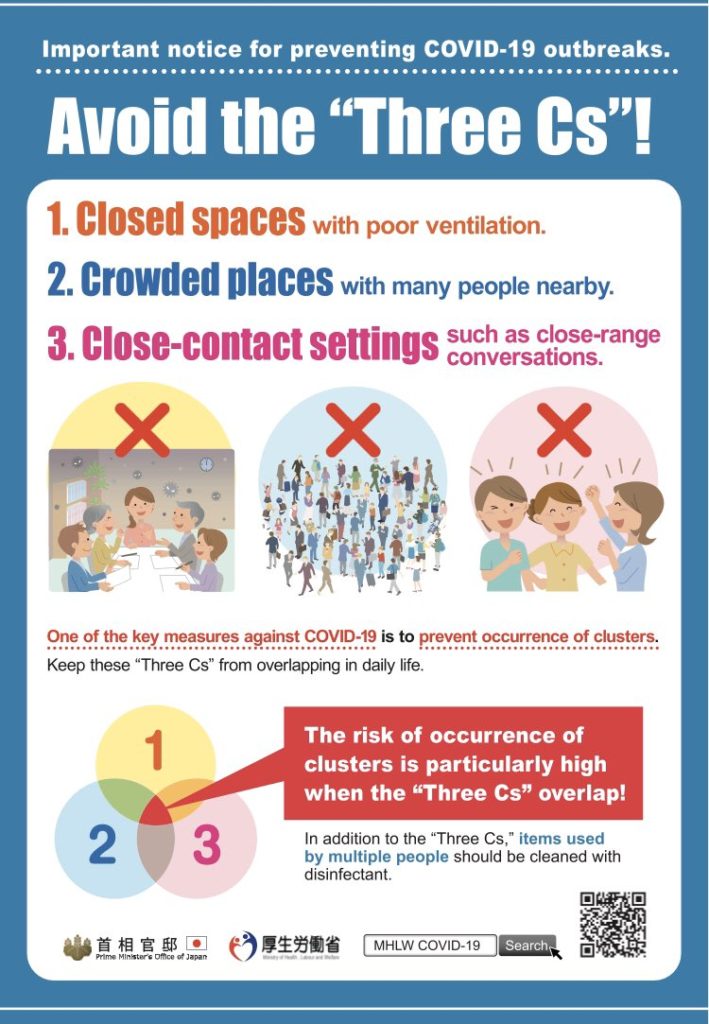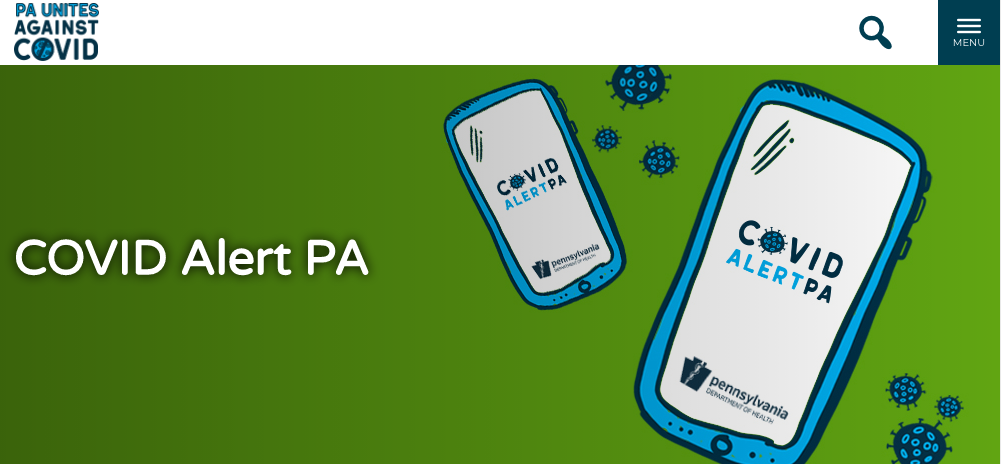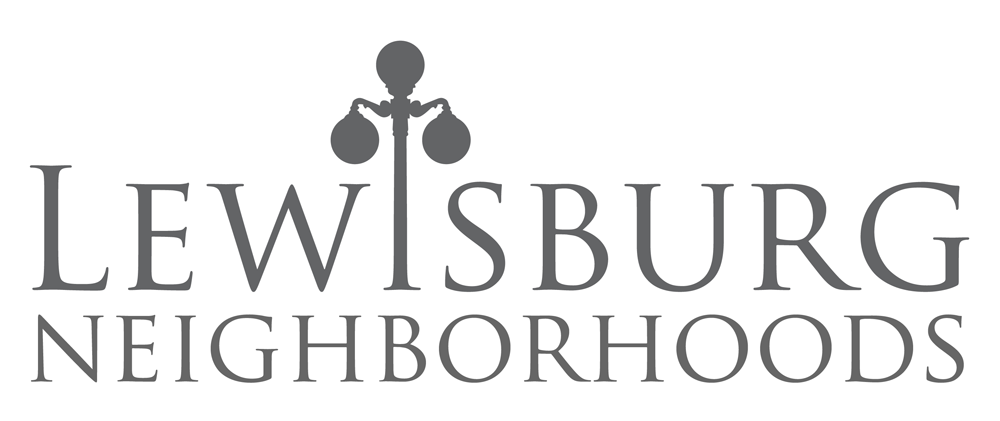People involved with Walk It! Bike It! Lewisburg over the past few years may recall an effort to call attention to a little known book called Traffic: Why We Drive the Way We Do (And What It Says About Us). We wrote a post on the website summarizing a key chapter from that book in hopes that the phenomenon it describes could be more widely understood. The basic idea is that people tend to have an overinflated sense of their own skill as drivers in part because they continue to emerge from the vehicle unscathed time after time. We simply don't get feedback about all the near misses and narrowly averted disasters trailing in our wake. The fact that we haven't injured or killed ourselves or others yet is seen as evidence that we have "skillz" behind the wheel. But in fact, were the data available to us, we would see that our sense of our own prowess is often perverse and unjustified.

It seems like something similar is going on with COVID-19. We may not have licensed skills that allow us to operate without hazard, but we do have newly learned infection mitigation skills most of us are working to put into practice. Whether we are or aren't trying to follow public health guidelines, the fact that we aren't aware of having caused harm is neither proof that we didn't nor guarantee that we have any likelihood of avoiding doing so in the future. Some of this is similar to the driving situation. Near misses of either having been really contagious for a specific time frame but not being around others unprotected or of our having been exposed by others' actions are not visible to us. Contact tracing represents an attempt to try to piece together the critical exposures that are generally lost in the shuffle of daily life.
With COVID-19, as we keep hearing, much of the time we just don't know who is contagious or when or how much, plus only a fraction of people who are potentially infectious actually become substantial spreaders of disease. So we may luck out in not coming across the wrong people or the wrong situation, or it may be all about timing, we might just be lucky that we were around someone who was contagious but not right when they were shedding a lot of virus.
Between this luck factor and the time lag between transmission and symptoms, we are unlikely to get clear feedback about our behaviors and their consequences. So as much as pandemic fatigue, which has people over time jettisoning the aspects of the public health response they find too burdensome, we also have a psychological pressure, born of our lack of direct awareness of consequences, to just do things as we've always done them. As creatures of habit, we are understandably reluctant to completely overhaul our standards of behavior and we don't necessarily get clear messages from our own experience to communicate that the rules really are different right now. But we do need to try to remember that just because we've not had any bad outcomes that we're aware of from our past behavior there is no certainty our luck will continue to hold.
No time like the present to start wearing a mask, keeping your distance, and upping your hygiene.
The above was all written in mid-September, long before the outbreak at the White House, but that now-unfolding episode is a clear example of the principle discussed. It also provide occasion for a refresher:
Let's review, shall we? CDC guidelines call for anyone with COVID-19 to isolate for a minimum of 10 days (for a light case or no symptoms) and until 24 hours unmedicated and fever free and other symptoms are improving, which may be anywhere from 10 days to 3+ weeks. Isolation means being separated as much as possible from other people with the possible exception of medical personnel, with full protective gear.

Being in a closed environment (like a vehicle) with someone with COVID, even with a mask is a high risk situation. Masks are part of an array of solutions: masks, distancing, hygiene, isolation, ventilation, filtration...
This article from the British Medical Journal includes this clarifying risk chart and helps reinforce how all the mitigation measures work together, not independently.

It _is_ challenging to figure out how best to apply these principles -- especially as we move into winter -- but it is not hard to understand them. At this point one has to be trying to misunderstand.

Japan simplified this to 3C's about 5 months ago: avoid crowds, closed spaces, and close interactions, especially with shouting and singing. Masks help especially since people do not necessarily know yet when they are infected and contagious, but masks alone are not sufficient. (Repetition for emphasis: PEOPLE DO NOT NECESSARILY KNOW YET WHEN THEY START TO BE INFECTED AND CONTAGIOUS. Per the CDC: "An infected person can spread COVID-19 starting 48 hours (or 2 days) before the person has any symptoms or tests positive.")

Please wear a mask and work on implementing all the infection mitigation measures. If you haven't been doing so and you haven't had a problem you're aware of so far, congratulations to you and to all of us, but please don't force us to rely on luck. And remember even an asymptomatic case can have severe downstream consequences for others. Don't assume that you can just fly under the radar forever. If you have symptoms or a known exposure, review and apply the PA Department of Health isolation and quarantine guidelines. Let's make the effort to look out for each others' health and safety and work to put local businesses and communities on a stable footing moving forward.
Not sick? No known exposures? In addition to keeping on top of current public health recommendations and working to figure out how to put them into practice, you can also start using the privacy-responsive PA contact tracing app. Download the COVID Alert PA app today to help keep your community healthy.


